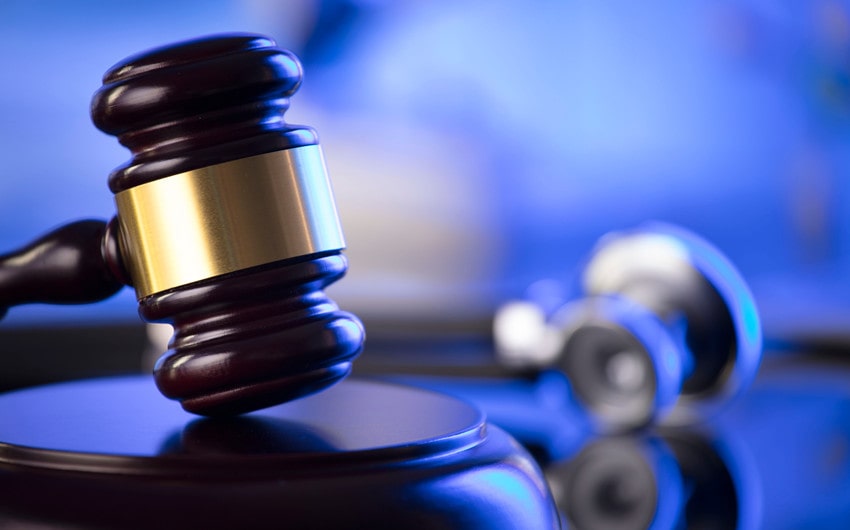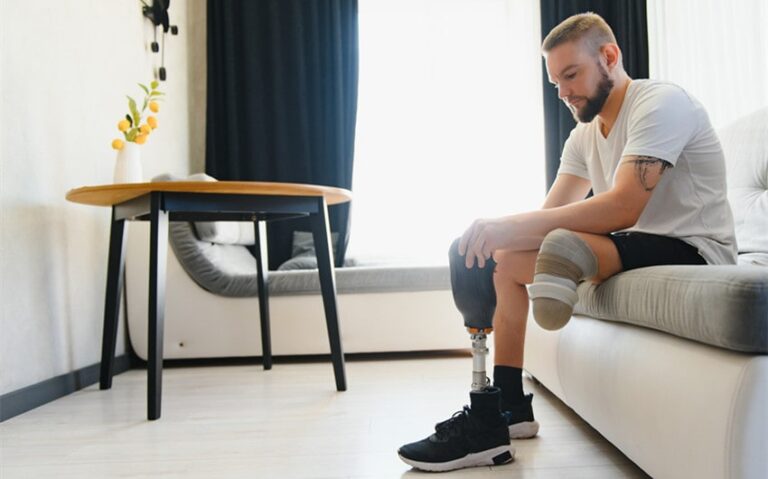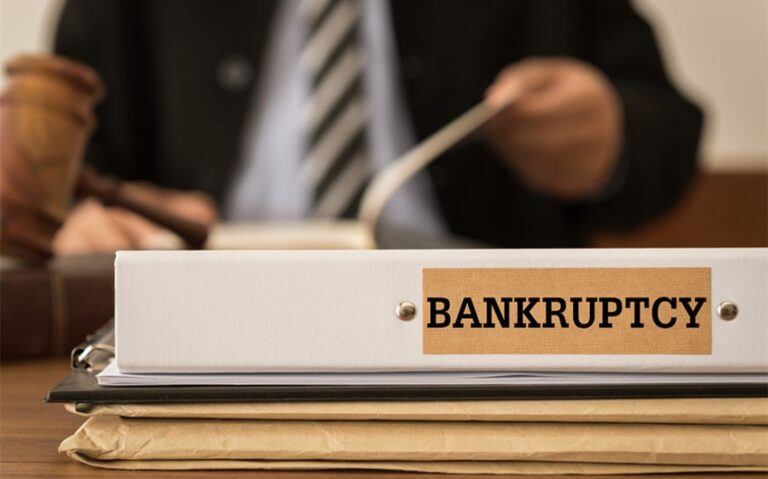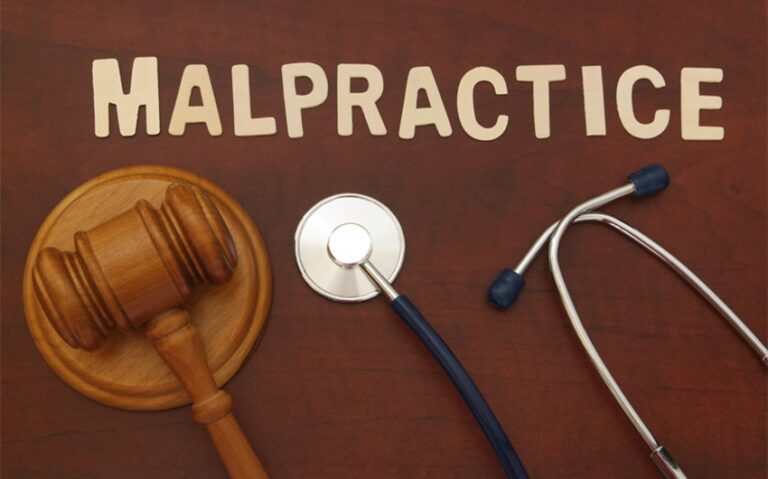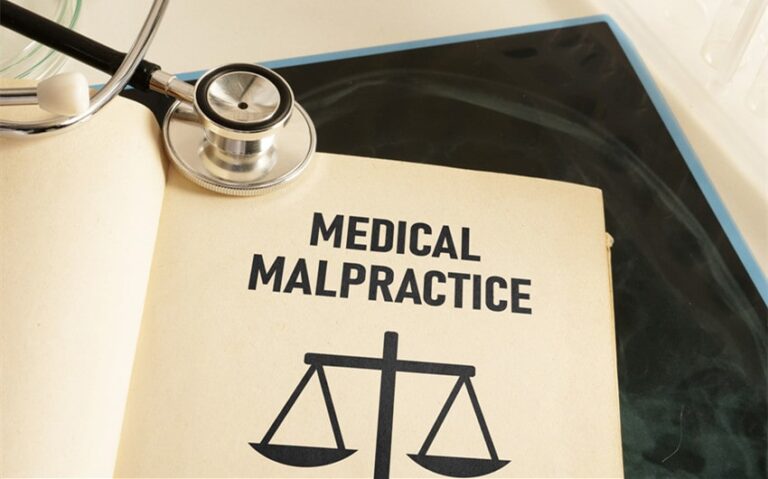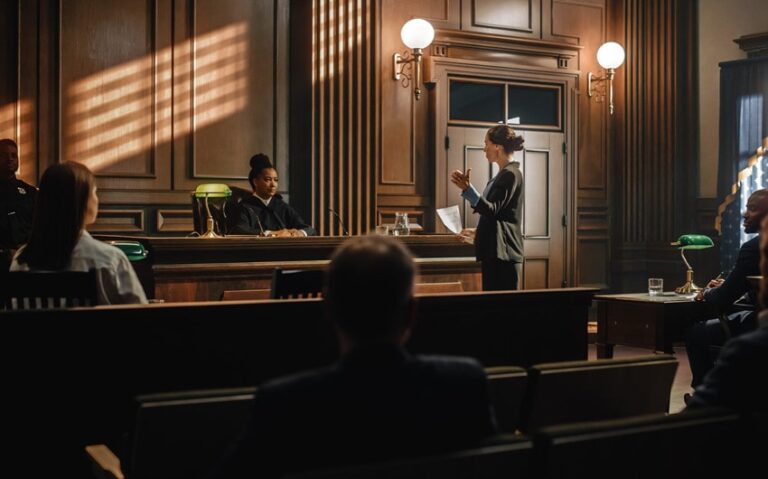How Is Causation Shown in a Personal Injury Case?
When someone is injured because of another person’s actions, the first question that arises is usually: who’s responsible? In the world of personal injury law, responsibility isn’t based solely on the fact that someone got hurt; it’s about whether another party’s conduct caused that harm.
Establishing causation is one of the central pillars of any personal injury case. Without it, even the most sympathetic plaintiff can lose.
So how exactly do lawyers prove causation, and what evidence do they need to show that one person’s negligence directly led to another’s injury?
The Two Types of Causation
To win a negligence claim, a plaintiff has to prove four essential elements: duty, breach of duty, causation, and damages. Lawyers typically break causation into two distinct parts: cause in fact and proximate cause. Both must be proven to hold a defendant legally responsible.
Cause in fact, or actual cause, means that the injury would not have happened “but for” the defendant’s actions. In simple terms, if the defendant hadn’t acted negligently, the plaintiff wouldn’t have been injured. This is the straightforward factual link between the conduct and the harm.
Proximate cause, sometimes called legal cause, deals with foreseeability. It asks whether the injury was a reasonably predictable result of the defendant’s behavior. The law doesn’t hold people responsible for every chain reaction their actions set off – only for those that were reasonably foreseeable consequences.
How Lawyers Prove Causation
Causation isn’t always as obvious as a traffic collision. In many cases, multiple factors can contribute to harm. That’s where solid evidence and expert testimony become critical.
For example, in any personal injury case involving physical harm, medical evidence forms the backbone of causation. Attorneys use hospital records, diagnostic results, and doctors’ opinions to show that the injury was caused by the defendant’s actions rather than something else. If someone suffers a back injury after a car accident, a physician can testify that the trauma is consistent with that kind of impact. Similarly, in toxic exposure or pharmaceutical cases, medical experts help establish that the exposure likely caused the plaintiff’s illness, especially when symptoms didn’t appear right away.
When disputes arise about how an injury happened, lawyers often bring in accident reconstruction specialists as well. These experts analyze evidence from the scene, like skid marks, vehicle positions, or debris, to recreate what occurred. Their reports and testimony can show not only who was at fault but how their actions led directly to the injury.
Physical evidence, including photos, videos, and damaged property, can also strengthen the link. A surveillance video showing a store employee spilling liquid and failing to clean it up before someone slips is powerful proof of causation.
Eyewitness accounts can help fill in the timeline between negligent conduct and the resulting injury. People who saw the event can confirm critical details, such as whether the defendant was speeding, texting, or acting recklessly. While memories can fade or be imperfect, consistent statements from credible witnesses can significantly reinforce the causation argument.
Common Challenges in Proving Causation
Causation may sound simple in theory, but it can become complex fast, especially when multiple contributing factors exist.
One common challenge arises in pre-existing injury cases. Suppose someone already had a bad back before being rear-ended in a car accident. The defense might argue that the new pain wasn’t caused by the crash but by the pre-existing condition. To counter that, the plaintiff’s attorney might present medical evidence showing that the collision worsened the injury, even if it didn’t cause it originally. The law allows recovery for aggravations of prior conditions as long as the defendant’s negligence played a role.
Another challenge comes from intervening causes, which are events that occur after the defendant’s negligence but before the injury. If an independent act breaks the chain of causation, the defendant may be relieved of liability. For example, if a defective ladder breaks and injures a worker, the manufacturer could be liable, but if a co-worker later drops a heavy tool that causes additional injury, that second event might constitute an intervening cause.
Why Causation Matters So Much
Even when someone clearly acted irresponsibly, they aren’t automatically on the hook for every bad outcome. The law insists on proving causation to ensure fairness. Without it, anyone tangentially connected to an incident could face blame for consequences far beyond their control.
For plaintiffs, understanding causation helps them see why evidence collection is critical right from the start. Detailed medical records, photos of the scene, and witness contact information can make or break a case months later. For defendants, causation provides an important safeguard against unfair liability for harms they didn’t actually cause.
Working With a Personal Injury Lawyer
Because causation requires both factual proof and legal nuance, it’s not something most people can handle alone. An experienced personal injury lawyer knows how to gather evidence, consult the right experts, and present a compelling narrative that connects every dot between a defendant’s negligence and a client’s harm. Whether it’s a car accident, a slip-and-fall, or a complex medical claim, proving causation is where strong cases are often won or lost.

